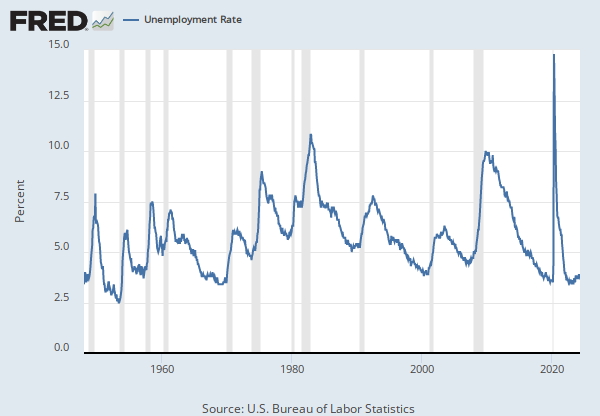Observations
Dec 1944: -5,962 | Thousands of Persons, Not Seasonally Adjusted | Monthly
Updated: Aug 17, 2012 2:17 PM CDT
Next Release Date: Not Available
Observations
Dec 1944:
-5,962
Updated:
Aug 17, 2012
2:17 PM CDT
Next Release Date:
Not Available
| Dec 1944: | -5,962 | |
| Nov 1944: | -6,948 | |
| Oct 1944: | -8,212 | |
| Sep 1944: | -8,618 | |
| Aug 1944: | -8,372 | |
| View All | ||
Units:
Thousands of Persons,
Not Seasonally Adjusted
Frequency:
Monthly
Fullscreen










